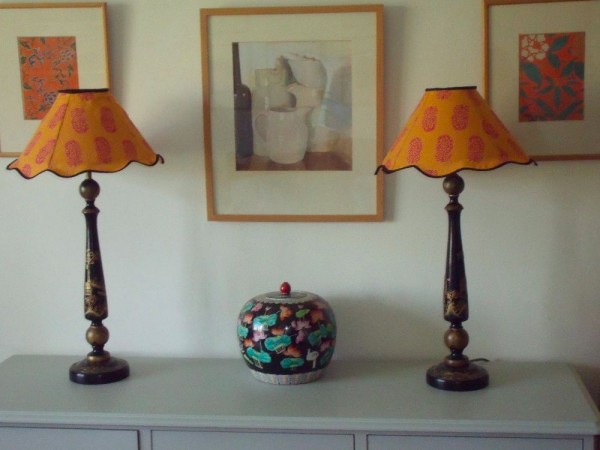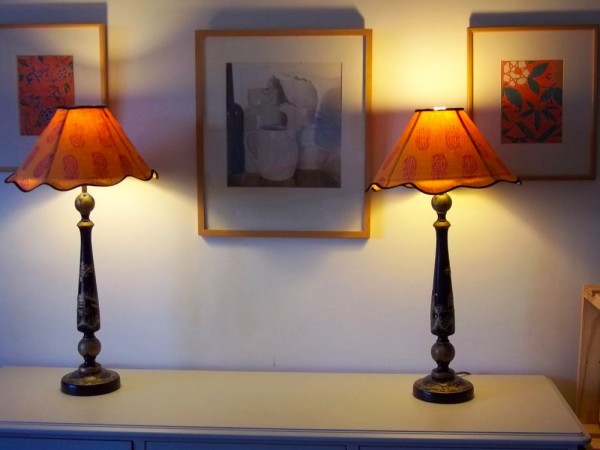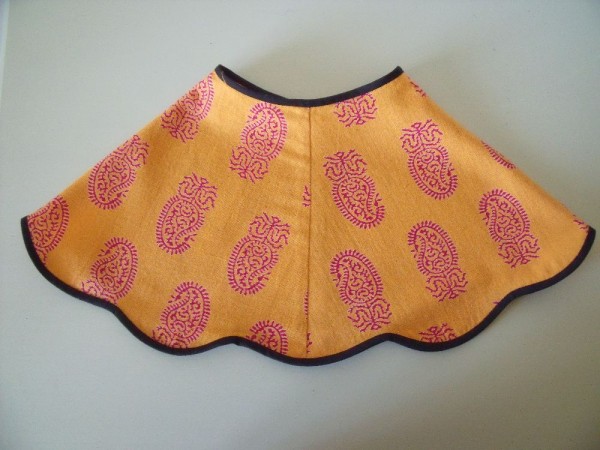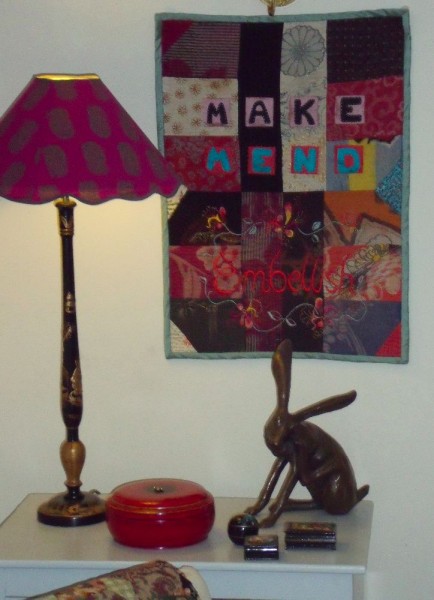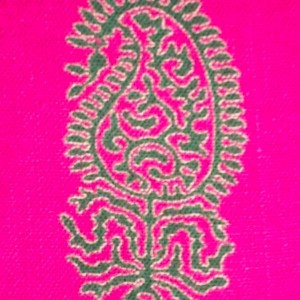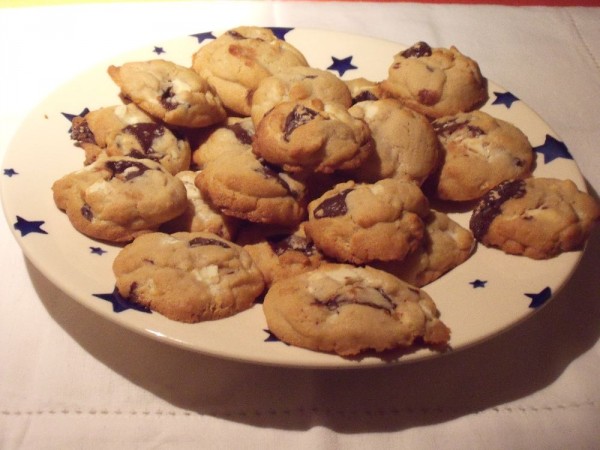What we call paisley today is probably only the most recent name this ancient motif has gathered in a long and illustrious history. In outline its form has been variously likened to a tear or water droplet, a seed (mango or cypress) or one half of the yin-yang symbol. Although the device is said to have originated in India, it was especially popular in the early Iranian empires – the Sassanids (224-651 CE or AD as we used to call it) in particular enjoyed, calling it boteh jegheh.
However, I find myself thinking of the Iranian ruins of Persepolis of an earlier period (Achaemenid Empire, BCE – i.e. BC 515) whose bas reliefs show processions of dignitaries, eternally elegant in stone, heads held high and almost top heavy with coiled beards and matching hair ringlets. I do wonder whether such a love of the curving form as manifested in these curls really took another 700 years to be translated into a decorative device. Discovering that a similar motif is also a Zoroastrian symbol representing life and eternity complicates any notion of the motif’s origin further. Zoroaster lived BCE/BC 1000, although Zoroastrianism was only recognised more formally as a religion by BCE/BC 600.
To me, it seems most likely that such a simple shape could have appeared and been used decoratively in many places at about the same time, for anyone with a stick and a smooth stretch of sand could have doodled such a shape and thought how attractive it would look painted on to a wall or emroidered on cloth. Whatever its origin it is a motif that has been almost continually in use in Iran, India, Pakistan, etc. for two thousand years. And it was in India that the British encountered it. It is thought that the first paisleys were brought back by the East India Company in the first half of the C17th and soon demand outstripped supply.
Europe saw an opportunity to cash in on a successful product. To begin with, mass produced printed fabrics appeared in Marseilles (1640) and Holland ( 1678). The French, anxious to protect their new product, forbade any imports from 1686-1746. But wasn’t until the early C19th that the Scottish town of Paisley began to copy the woven cashmere shawls brought home from India. At first these were made on hand looms which was laborious and limited to only 2 colours. The advent of the Jacquard process in 1820, however, changed all this as now 5 colours could be used. By 1860 techniques developed to permit the weaving of 15 colours, though it is salutary to note that shawls from Kashmir could have up to 60 different colours. Paisley reigned glorious in paisley shawl production for almost 50 years. Meanwhile Paisley had developed printed paisley fabrics, including the cotton squares ubiquitous as Victorian gentlemen’s handkerchiefs and later to morph into the bandana popular in the 60s and still with us today. We are lucky that Liberty always has several lovely paisley prints in their collections for they are much loved and never really seem to go out of fashion.
Both the pink and orange cotton paisley fabric are from The Cloth House
The Wikipedia entry on Paisley Fabric notes that in the 2010 Winter Olympics, Azerbaijan’s team sported paisley trousers and a Russian publication is noted as saying that though Azerbaijan had no chance of winning anything, they had at least made their mark on the games. (Google Azerbaijan Paisley Pants and have a look – those worn by the skiers look rather wonderful.

